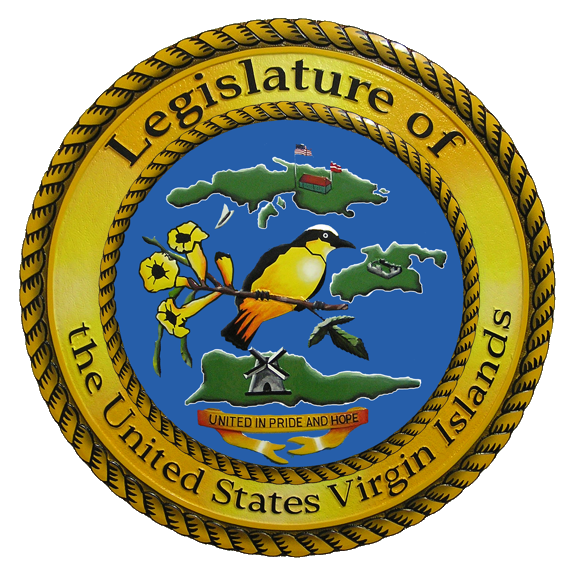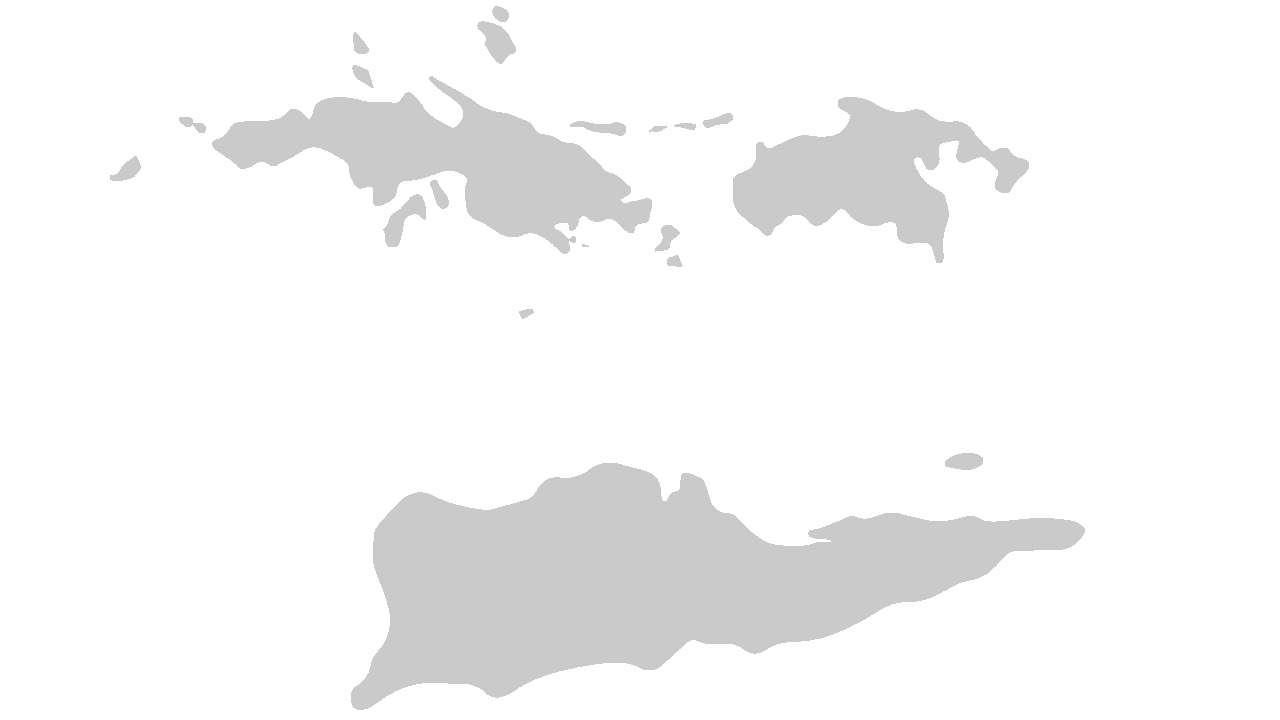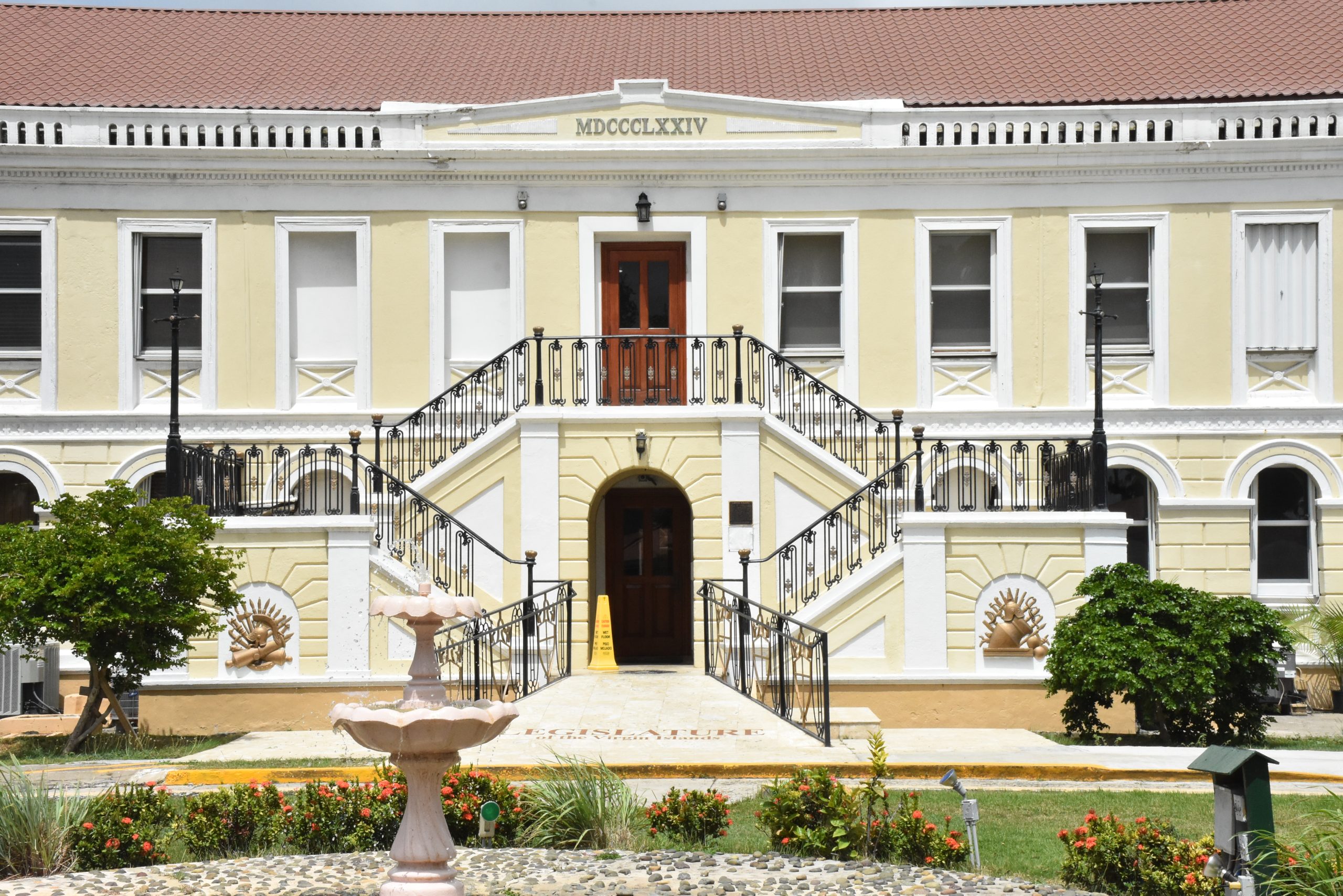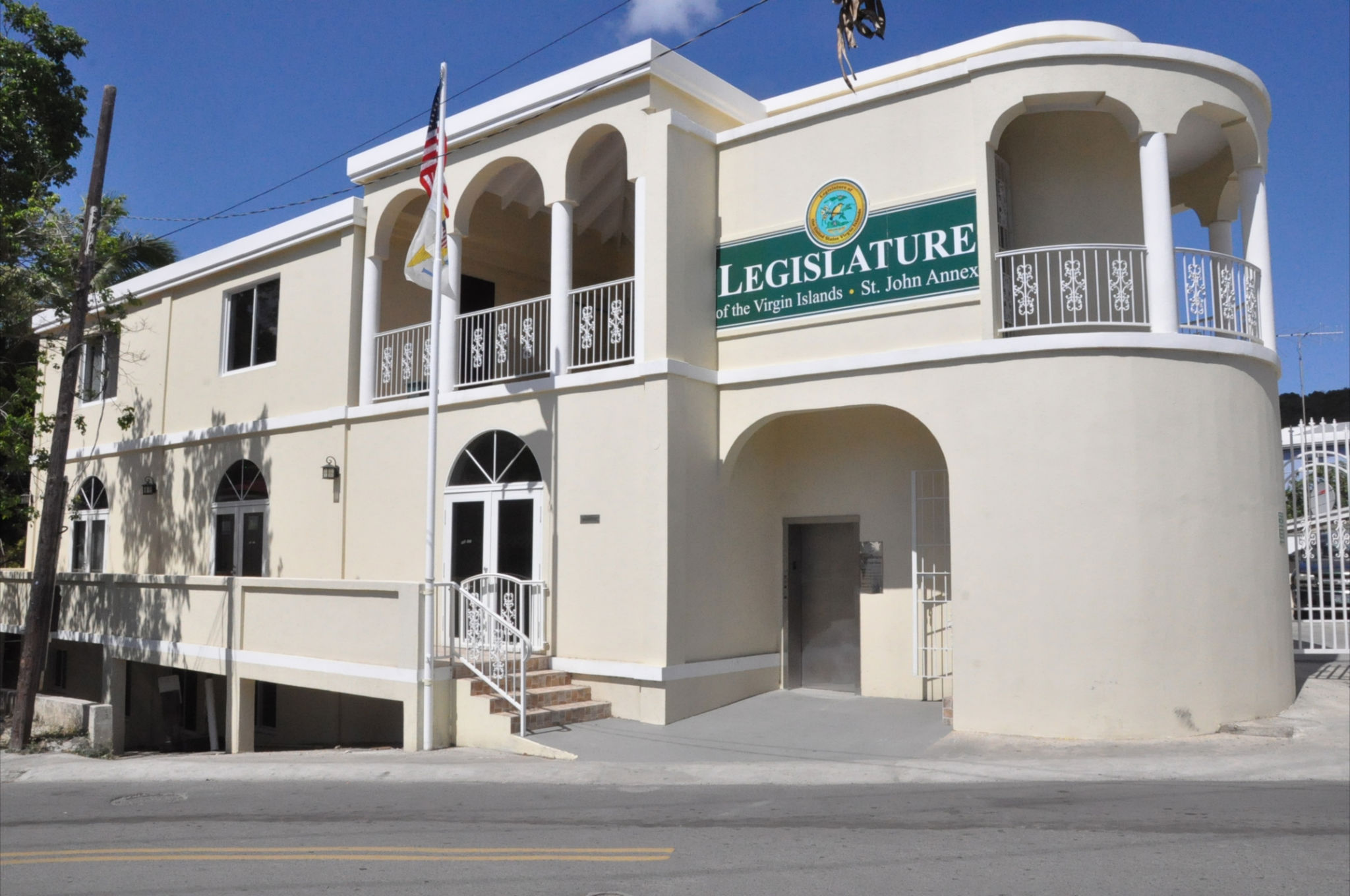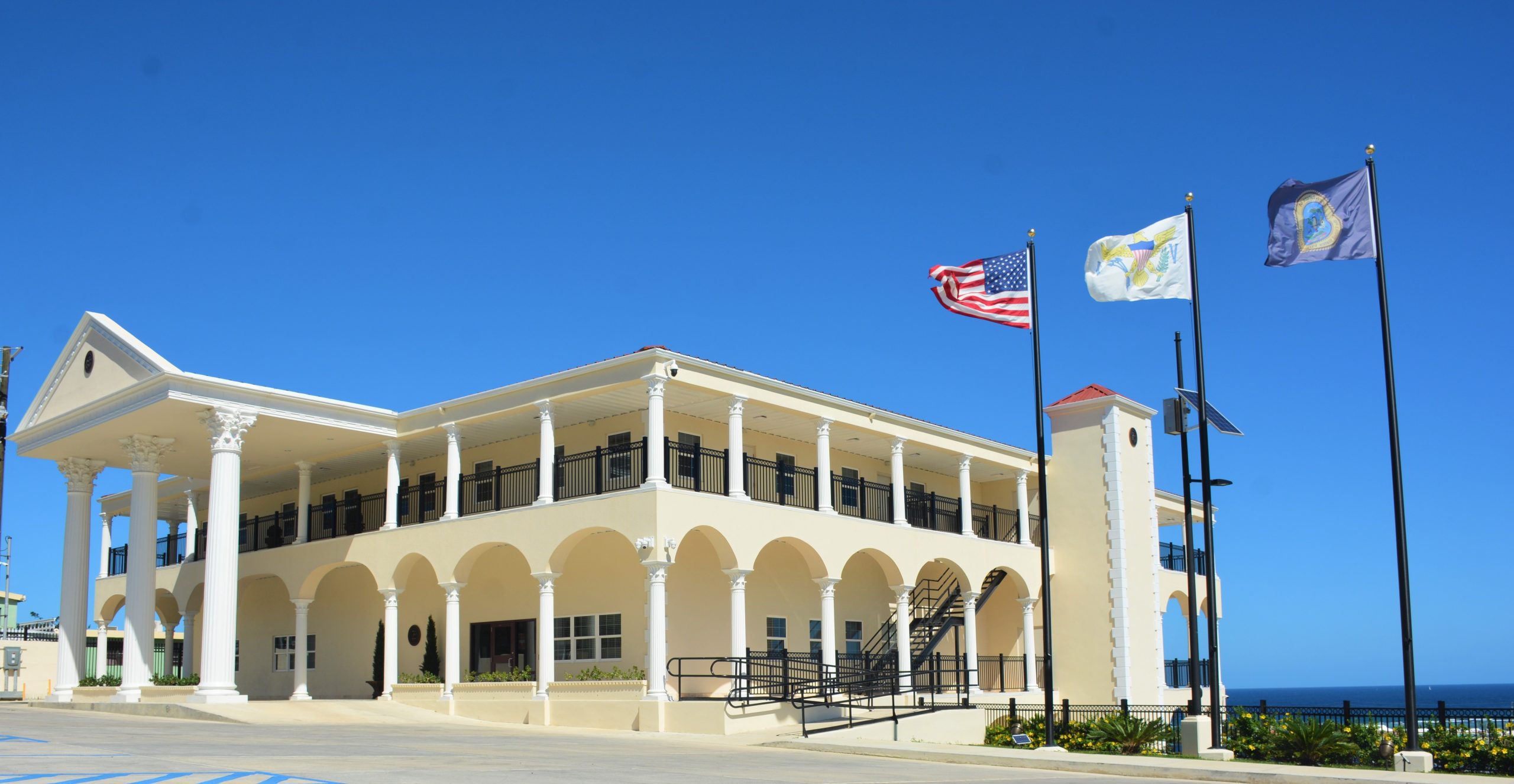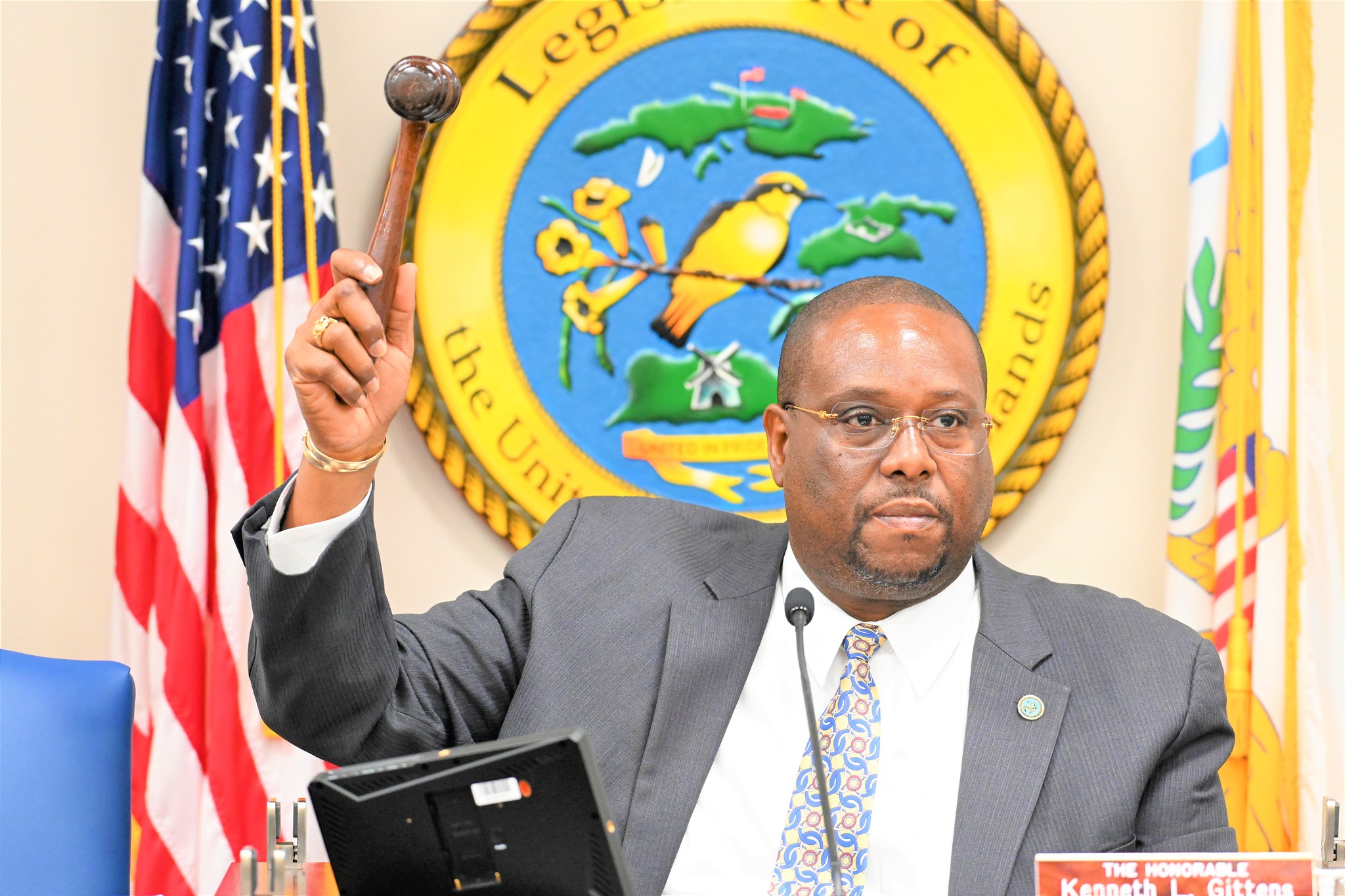The Committee on Homeland Security, Justice, and Public Safety, chaired by Senator Kenneth L. Gittens convened in a meeting on Monday at the Frits E. Lawetz Legislative Conference Room. The Committee received overview testimony from entities relative to the state of readiness ahead of the 2023 Atlantic Hurricane Season.
Daryl Jaschen, the Director of the Virgin Islands Territorial Emergency Management Agency delivered primary testimony. The delivered testimony was a combined submission from VITEMA, Department of Human Services, the Virgin Islands National Guard, VI Fire and Emergency Medical Services, the Virgin Islands Police Department, and the U.S. Virgin Islands American Red Cross. The Atlantic Hurricane Season officially runs from June 1 to November 30 each year. Colorado State University issued its first prediction on April 14, 2023, predicting a slightly below average Atlantic Hurricane Season in 2023. CSU cited the likely development of El Nino as a primary factor. CSU is predicting thirteen named storms, of which six will become hurricanes, and two will become major hurricanes. Major hurricanes are classified as category three or stronger, with sustained winds of 111 miles per hour. CSU issues forecast updates throughout the hurricane season on June 1, July 6, and August 3. The National Oceanic and Atmospheric Administration (NOAA) will issue its hurricane season outlook for the 2023 Hurricane Season on Thursday, May 25 at the NOAA Center for Weather and Climate Prediction in College Park, Maryland. NOAA also issues updates in their forecasts. The height of hurricane season runs from August 15 to October 15.
VITEMA does not have dedicated staff for weather forecasts, but has a relationship with the National Weather Service, which is headquartered in San Juan, Puerto Rico. The NWS also works closely with VITEMA to provide weather forecasts during times of dangerous weather conditions in the US Virgin Islands. NWS operates 24 hours a day and is connected to the National Hurricane Center in weather and analysis and forecasting products to include any Tropical Storm or Hurricane Watches and Warnings. The NWS in Puerto Rico is also in coordination with the US Coast Guard Sector in San Juan to provide forecasts with are used to develop US Coast Guard Maritime Safety Information Bulletins and identify times to close seaports in the US Virgin Islands, especially for ferries between St. Thomas and St. John.
VITEMA’s Territorial Emergency Operations plan provides detailed responsibilities of lead territory agencies for all fifteen emergency support functions, incorporates the use of Community Lifelines in accessing and prioritizing response efforts, and identifies Essential Elements of Information (EEIs). EEIs are used for coordinating response activities for Community Lifelines of Safety and Security; Food, Water, Shelter, Health, Medical; Energy (Power and Fuel) Communications, Transportation and Hazardous Materials. One key message that VITEMA continues to relay is that everyone be self-sufficient with food, water and other necessary items for 5 days following a hurricane’s impact. Five Days is the length of time it will take the Government of the Virgin Islands to conduct lifesaving missions, access damages, mitigate hazards, open routes, and prepare points of distribution for food and water. Once areas are accessed, injured individuals can be transported to health care facilities, road debris can be removed, emergency power can be established, and the territory can begin critical infrastructure restoration which includes ports, transportation hubs, power, telecommunications, banking, ATM Operations, issuing DSNAP Cards and food store restoration operations.
The Virgin Islands Police Department is a key stake holder with preparing for and responding to hurricanes in the territory. The VIPD is the lead agency for Emergency Support Function 13, public safety and security. One of the most important activities that occurs immediately upon the Governor signing a pre-landfall state of emergency is that all territory law enforcement agencies report to the Police Commissioner and are available for mission assignments. The National Guard can also assist VIPD with members or full-time force playing M-Day members on State Active-Duty Orders. There is close coordination between VITEMA, Port Authority, and the US Coast Guard to ensure police and national guard deploy to St. John prior to the port closure. If a curfew is established, VIPD establishes traffic control to maintain freedom of movement to key agencies, such as the Water and Power Authority, and the Department of Public Works. Access is also restricted to unauthorized persons. VIPD maintains calls for service until the onset of Tropical Storm Force winds (39MPH) and shelters in place until winds go below tropical storm force levels.
The Virgin Islands National Guard also assists with pre and post storm activities. Some of its duties include, but are not limited to, assisting in traffic control points with VI Police for curfew enforcement and danger areas, conducting airport opening assessment for Department of Defense aircraft, assisting hospitals with patient Transportation & Evacuation, post landfall Transport and Operating Points of Distribution (Food, Water, Blue Tarps), Conducting congregate shelter COVID-19 screening, if needed, with guidance from DOH, Establishing emergency radio communications sites for forward operations and command centers, supporting Territory Emergency Operations Centers (STT, STX, STJ) with Liaison Officers (LNOs), Conducting Joint Reception Staging Onward Movement and Integration (JRSOI) for incoming and outgoing National Guard forces, and providing the Dual Status Commander to command National Guard and Active-Duty Forces for mission assignments supporting the Territory response requirement.
The Virgin Islands Fire and Emergency Medical Services is responsible for three essential support functions. These include ESF4, Firefighting, ESF9, Urban Search and Rescue, and ESF10, Oil and Hazardous Materials Response. VIFEMS works in close coordination with the Department of Planning and Natural Resources (DPNR) on hazardous materials response. VITEMA’s 911 is the primary means for dispatching fire, rescue, and hazardous materials response units. During times of hazardous weather, VIFEMS will continue to respond to requests for service tropical storm force winds arrive. After that time, calls will be held in a queue and will be responded to after the storm has passed and sustained winds return below tropical storm force strength. VIFEMS also works with the National Guard to house pre-storm teams, which provide immediate response with road clearance, emergency communications, and traffic control after the storm. The US Virgin Islands American Red Cross partners with the Department of Human Services to evaluate pre-storm evacuation shelters and assists the department in opening shelters.
The American Red Cross provides meals for shelter staff and individuals staying in shelters for the first three days when a shelter opens. Cots and blankets are provided following a storm for the homeless staying at the shelters. The Red Cross also has mobile teams traveling after a storm, which provide cleanup kids to assist in home recovery. Warehouses in both districts are maintained which provide supplies for staff workers and individuals that come outside of the territory. A voluntary senior registry for persons sixty and older living alone or with disabilities, was established by Act 8050. Currently 817 individuals are on this list. The Department of Human Services uses a mass messaging system to inform these people of any storm information following a disaster event.
Antonio Stevens, the Assistant Director of Fire for the Virgin Islands Fire and Emergency Medical Services delivered brief testimony. VIFEMS is a first responder agency with the capability of providing emergency response to all hazards, including fires, hazmat threats, natural and manmade disasters, entrapments, and medical emergencies. The agency operates and responds from ten stations locations located throughout the territory and utilizes three other facilities at EMS bases. VIFEMS can have lifesaving care on scene within 5-10 minutes. Because of the uniqueness of St. John, additional measures would be taken to ensure personnel are stationed on St. John in the event there is no ferry service. There are seven operational ambulances available to respond. In St. Croix, ambulances operate from the Richmond Fire Station, the Frederiksted Fire station, and the mid island EMS base in the Cottage area. Both Districts have adequate medical supplies to sustain operations for three weeks and adequate medications for 72-96 hours.
Senator Johnson voiced displeasure at the apparent lack of shelters on the island of St. Croix, calling it unacceptable. Johnson voiced concern over the use of the Arthur Richards School as a shelter, which was deemed unsafe for student learning. Senator Gittens voiced additional disappointment and concern over generators at shelter sites, asking if they were serviced and were available for use. Gittens stated that he was not comfortable where the territory was at in terms of disaster preparedness but planned to hold another hearing for an update on shelter conditions and other matters.
Senators present at today’s Committee meeting included Kenneth L. Gittens, Ray Fonseca, Angel L. Bolques, Jr. Diane T. Capehart., Dwane M. Degraff, Novelle E. Francis Jr., Alma Francis Heyliger, and Franklin D. Johnson.
